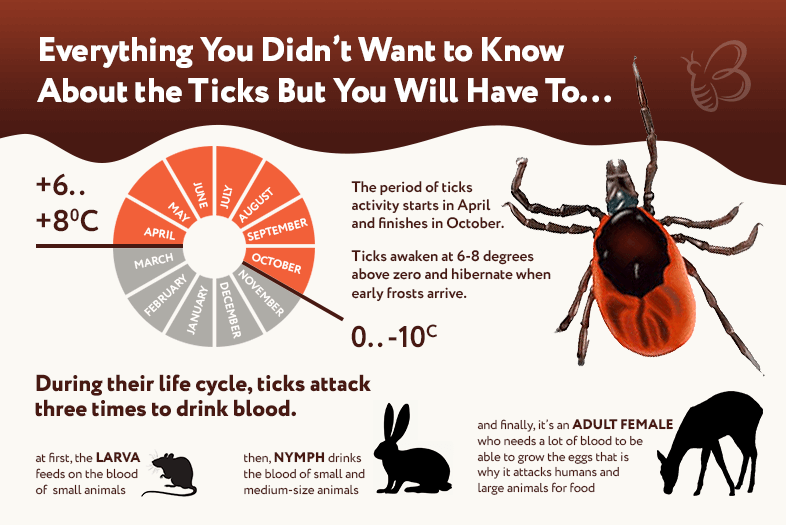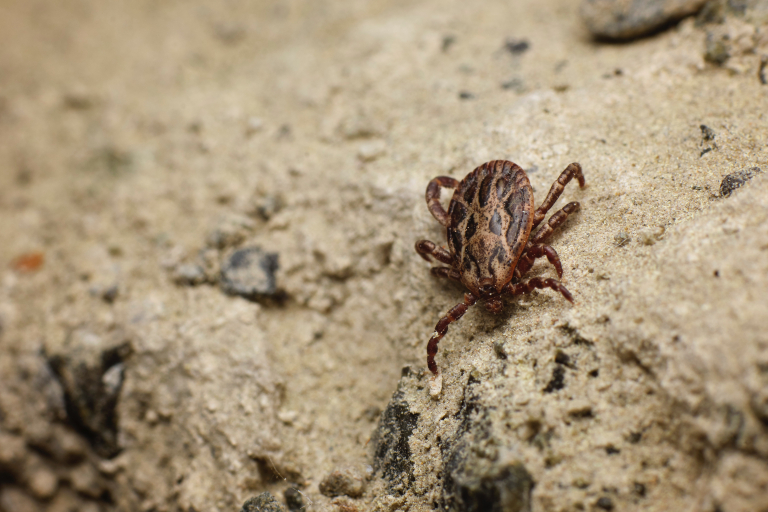Table Of Content
American dog ticks might be able to survive years without a host, but they could only last a few days inside the average house. When black-legged deer ticks become adult ticks, they like white- tailed deer as their hosts. A deer tick can live for quite some time without blood, though its lifespan will be shorter without a consistent food source.
10 ways to avoid summer tick bites - Livescience.com
10 ways to avoid summer tick bites.
Posted: Wed, 14 Jun 2023 07:00:00 GMT [source]
How long does it take for a tick to attach to a host?
What You Need to Know About Michigan's Ticks - Michigan State University
What You Need to Know About Michigan's Ticks.
Posted: Tue, 23 May 2023 07:00:00 GMT [source]
Black-legged ticks are unlikely to survive for more than 24 hours in your house, as they need a lot of humidity and dense vegetation. Once you have learned how to remove ticks from your dog and home and have implemented deep cleaning and natural methods, it is essential to address the issue of ticks in your garden. As these pests inhabit outdoor spaces such as patios, gardens, and natural areas, they can easily find their way into your house if given the opportunity. Start by thoroughly vacuuming all fabric items that your pet frequently comes into contact with. This includes their bedding, blankets, stuffed toys, and any other fabric-based accessories.
What is a Nymph?

Tick prevention should be taken seriously, and not just because these arachnids make many people squeamish — ticks actually carry quite a few deadly diseases. Some of these tick-borne diseases have no cure, so being diligent in checking for and removing ticks is important. If you're worried about bringing ticks inside on your clothes, putting your outdoor clothes in a hot dryer for about 10 minutes is "enough to kill a tick," Backenson says. Watch for symptoms, such as fever/chills, vomiting, aches and pains and rashes over the next few days. Common aches and pains with tick-borne diseases include headache, fatigue and muscle aches.
Our Entomology Expert On How To Kill Ticks And Keep Them Away For Good
Ticks thrive in moist and humid conditions where the humidity is 90 percent or higher, and most cannot survive in a climate-controlled house for more than a few days. While a tick might live a couple of days in a hamper full of moist clothing, it won’t be long enough to reproduce. Warm days are for spending time in nature, but if you venture outdoors without taking the right precautions, you may be the perfect target for ticks. These arachnids are the size of a poppy seed, but don't be fooled — ticks are mighty predators. Often found lurking in tall grasses, bushes, wooded areas, and even backyards, ticks can attach themselves to their hosts completely unnoticed. Several species of ticks, such as the Lone Star Tick and American Dog Tick, can carry and transmit bacteria that cause serious illnesses in humans and pets.
Most ticks need relatively high humidity levels to survive, so they are often found in areas of dense vegetation. When choosing a camping site or hiking trail, it is important to avoid areas with long grasses or leaf litter, as these provide the ideal habitat for ticks. By being aware of their preferred habitat and taking precautions, you can reduce your risk of encountering these dangerous pests. The lifespan of a tick depends on several factors, including the type of tick, its environment, and its host. If you are planning to spend time outside in wooded areas where ticks could be present, make sure you're dressed appropriately. Also consider treating your clothing with a tick and insect repellent product before venturing out.
How Long Can Ticks Survive Underwater?
As much as you may want them to go away for good, that's not going to happen. Habit may tell you to run for the chemical sprays, but overuse of chemical treatments causes environmental and health risks and won't get rid of ticks for good. Unfortunately, because of their size, it can be difficult to find ticks inside until they have had a blood meal or become an ongoing issue. If ticks are found inside your home, it is important to remove them carefully and dispose of them properly.
The Dietary Habits of Ticks
They have eight legs like spiders, and they are generally small, round, and a dark red or black color. They can grow much larger after feeding, sometimes reaching roughly the size of a raisin and adopted a grayer or dark-red hue. A tick spreads disease with its bite, so if you can dispose of a nest before the eggs hatch, your risk is low. Fleas thrive in humid areas, typically found among tall grasses and shrubs.
American Dog Tick
For instance, DE can also be used outdoors—in fact, larger bags of DE are often sold with handy devices that blow a fine spray of DE over a wide area. Another option is to make a bigger batch of the eucalyptus solution and spray that in suspected tick areas, or use a commercial product such as Wondercide or Summit Tick and Flea spray. Using gloves and tools, you can try to remove the nest and soak it in alcohol. But it’s important not to touch a tick nest, as the eggs can carry disease. Even though tick nests may include hundreds or even thousands of eggs, they’re quite small. The eggs remain stuck together until they hatch, which can be anywhere from 2 weeks to 2 months after they are laid.
Thankfully, there are measures you can take to protect yourself and your loved ones from these potentially harmful bugs. Ticks are out in full force during the spring and summer months. They can be harmful to both humans and animals because they are able to spread serious illnesses. Ticks are parasites, which means they live and thrive by getting nutrients from feeding off of a host organism, often harming that host in the process.
If you find one biting you, however, use a pair of tweezers to grab it and pull it off, then flush it. Check yourself thoroughly if you’re outside in areas where ticks can be found and do the same with a pet that spends time outside. This is your best defense against tick nests showing up in your home.
See below for your state’s flea and tick season so that you can best prepare. Ticks that can carry borrelia bacteria live throughout most of the United States, though Lyme disease is most common in the upper Midwest and the northeastern and mid-Atlantic states. Ticks are typically small, flat and oval with no wings, according to Terminix, with colors ranging from grayish-white, brown, black, reddish-brown and yellowish. Speaking exclusively with House Digest, entomologist Daniel Perry says that the best way to stay safe from ticks is to be well-equipped when venturing into their habitat. "Preparing for ticks before you enter their environment is the most important thing you can do," says Perry.












